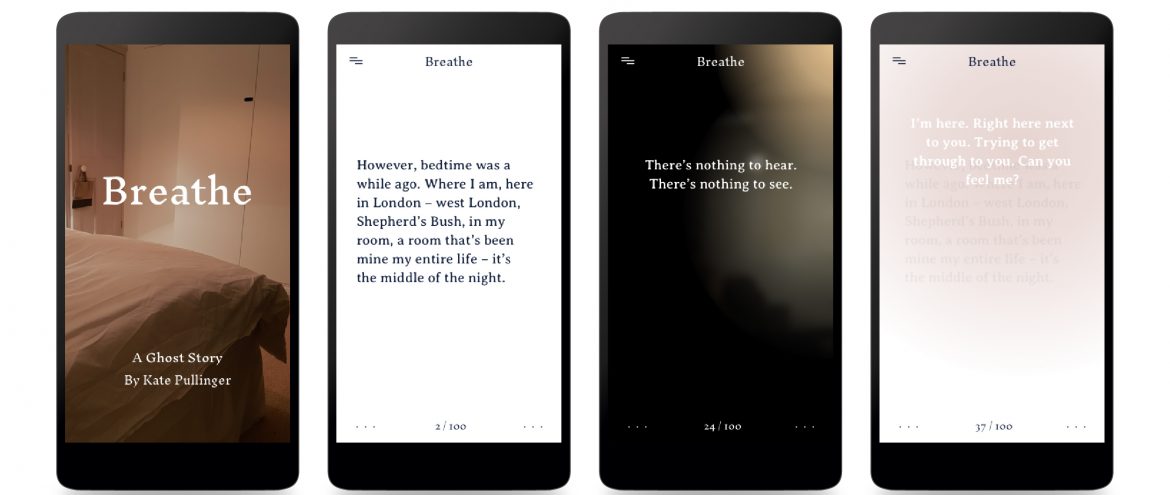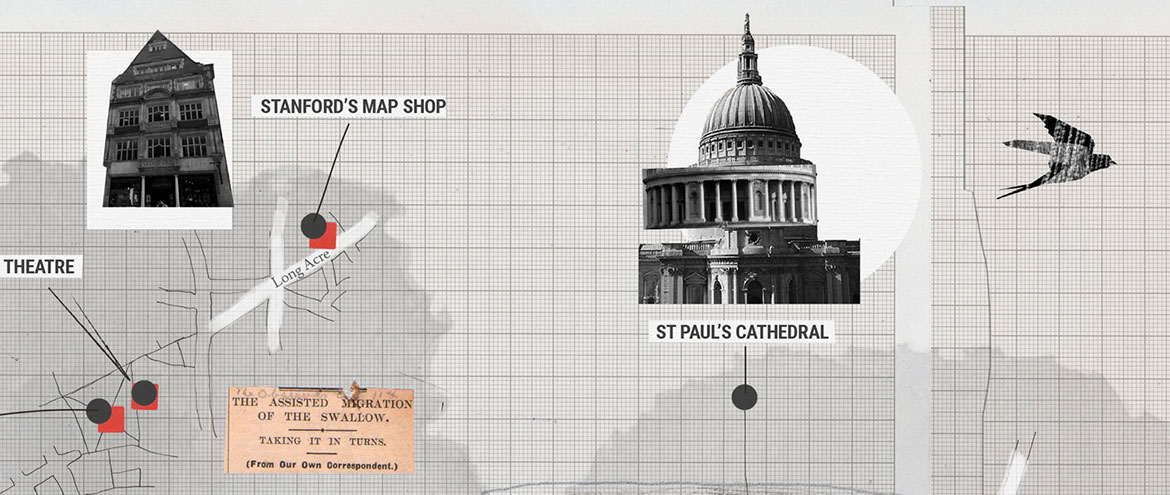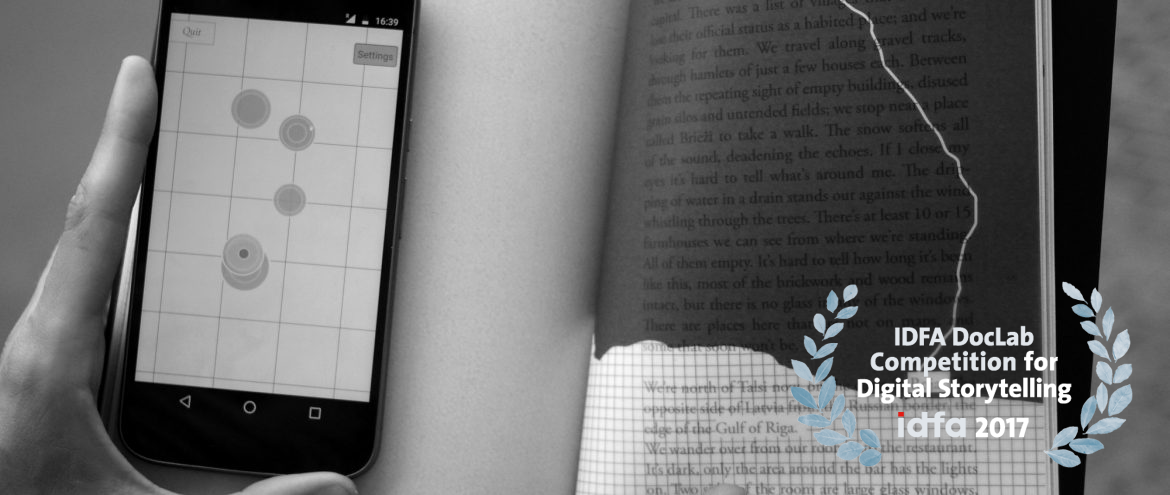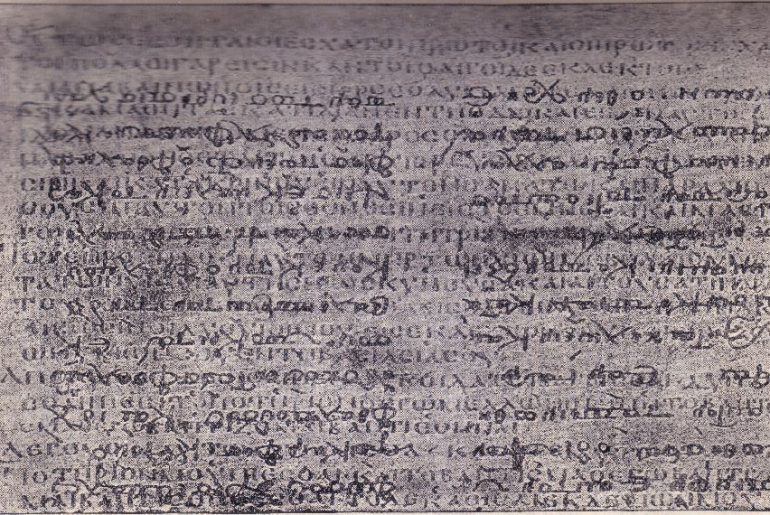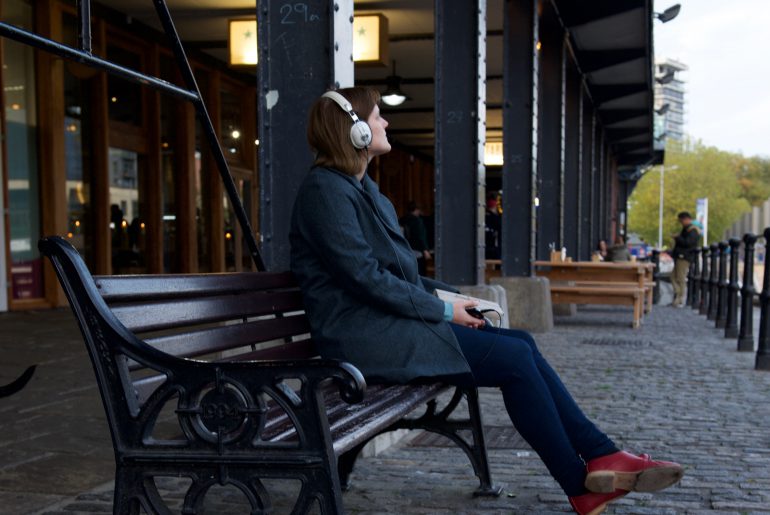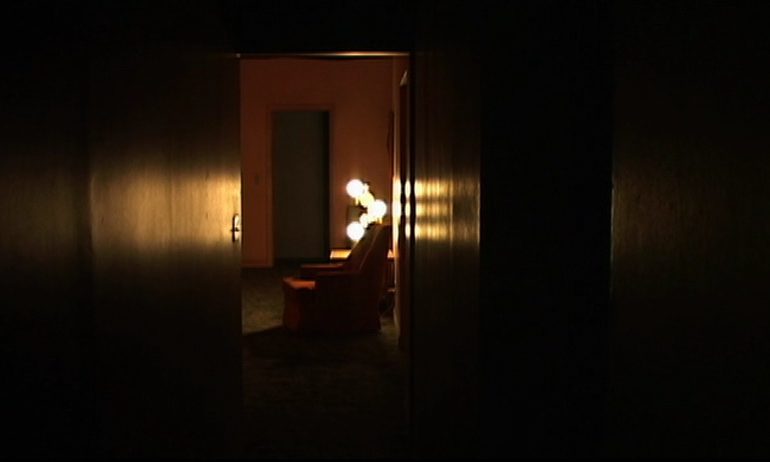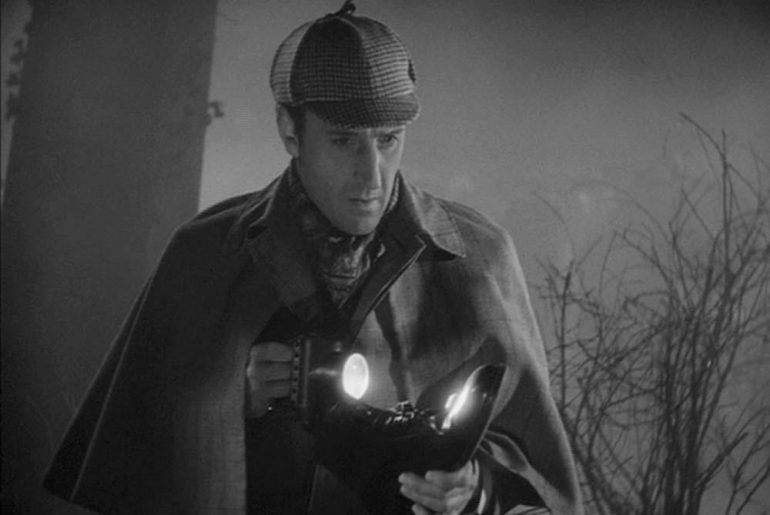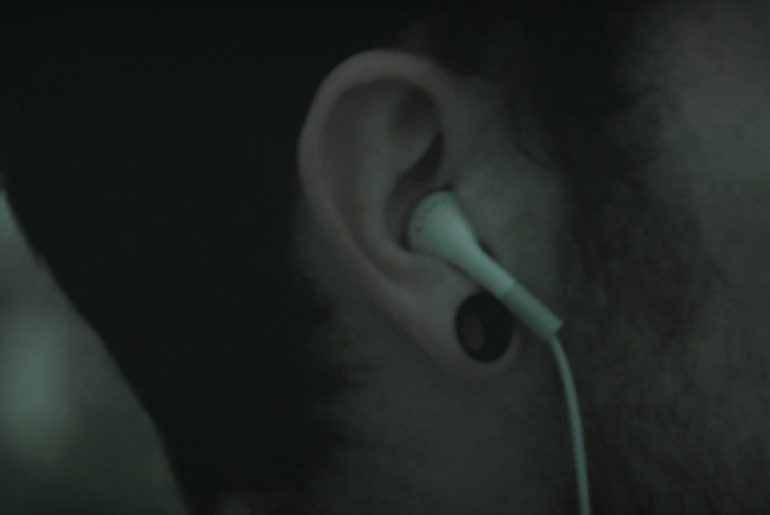I’ve been thinking about ambience (unsurprisingly) and what it might mean. I’ve been really keen to get away from the idea of ambience as simply “background/backdrop;” this doesn’t seem, to me, to be what we’re talking about at all. Or it didn’t. But maybe I’ve been doing background a disservice, or, rather, I think background gets done a disservice. Background isn’t unimportant, and it doesn’t just hide or get hidden — background does. Background is constant, consistent, imminent, but it’s also intrusive. Background structures, but not just as something that sets the scene. If ambience is background then I suspect that it’s because background is a conversational thing. If you’re looking at a photo, a portrait, then the background matters. The subject may be a human head, but the background is what makes the portrait. There is no photo without the background; if the photo is so zoomed in that…
Authoring the Uncontrollable
As works of ambient literature respond to the presence of a reader to deliver story, a sense of unpredictability is inherent in this new literary form. Neither the world, nor people, always behave in predictable ways and this is a feature of this type of situated literature. In a work of ambient literature, the reader must be present in a physical location and if, for example, they are prompted to explore a city street then this location becomes an integral part of the narrative. However, this is a part of the narrative that the writer cannot fully control. It is part of their authorial territory but, as they might not know exactly what the reader sees in front of them, uncontrollable elements may become unexpected features of the story. I recently experienced Experiment II, a piece of ambient literature developed by Tom Abba for the Festival of Ideas in Bristol.…
The Presence of What Ought to be Absent
Among the various challenges for the Ambient Literature project is how to address the way in which stories work: how stories work when the reader is necessarily present within the piece as it is delivered by means of a pervasive computing device. Experiencing story never is, and has never been, a passive act. We subsume ourselves within stories, and assign importance to character, action, and consequence based on a set of carefully crafted manipulations of our reading. Words on paper matter, as do design, typography (as Ian Gadd reminded us last week), and even the paper on which those words are printed. Stepping back from material details leads us to genre: the tropes of storytelling, often hidden in the background and unnoticed; the assumptions we make about a story from the incidental details — setting, voice, character, and plot elements; things that can be manipulated by good storytellers in order…
Seeing the Crystal Goblet
The protagonist of Mark Haddon’s novel, The Curious Incident of the Dog in the Night-Time (2003) is a fifteen-year old, Christopher Boone, who discovers his neighbour’s dog has been killed. According to the back-blurb of the UK edition, he is described as having Asperger’s Syndrome, an identification that Haddon later regretted allowing; in the novel itself, Christopher refers only to his “Behavourial Problems” (59). Haddon represents Christopher’s world-view through a variety of non-verbal devices, including diagrams, drawings, mathematical formula, icons, and boldface. Less immediately obvious, perhaps, is the typeface itself: it’s sans-serif, which means it lacks the small hooks and extensions that you see in a typeface like Times New Roman. Sans-serif typefaces are usually used for display purposes, whether it’s the fire-exit, the next motorway junction, or the heading in a book. Serif typefaces, however, are conventionally used in newspapers and novels because they are meant to be easier…
Artifice and Representation in Ambient Literature
One question that comes up frequently in discussions of ambient literature is how it is connected to other forms and other traditions that have interrogated the place of writing and performance in the world. In particular, I want to pick up previous threads that have discussed ambient literature’s connections to poetry and certain versions of the idea of the artifice as it functions in ambient literature. In many ways, these issue dovetail with a few of the seminars around ambient literature that have been held, particularly as they gesture toward ambient literature’s connections to the history of the book and understandings of reading in general. For me, these ideas coalesced in a recent (re)reading of Charles Bernstein’s (1992) A Poetics. Published in 1992 (with many sections of the book finding their origins as far back as 1985), A Poetics is a collection of essays on the avant garde traditions of…
Ambient Literature, Voices Inside Your Head?
In the first of Patrick Ness’ truly impressive dystopian YA science fiction trilogy, The Knife of Never Letting Go (2008), published by Walker Books, we meet Todd, a second generation teenage settler on a distant planet. New World’s physical laws, landscapes, and climate largely echo that of Earth. The indigenous people are a species of humanoid aliens, referred to by settlers as the Spackle. However, it is “the Noise,” allegedly caused by a Spackle virus, that makes life on New World remarkable. Affecting male settlers and animals, the Noise makes inner thoughts audible at a range further than the spoken voice. Implications ricochet. A constant din surrounds people living together in towns or villages. Hearing others’ thoughts means that males are “readable;” their inner life is on display, even while asleep. It doesn’t matter what is actually said, when thoughts as words and emotional tones can give you away. Inner…
Near Enough
In his blogpost “Ecstatic Ambient Literature,” colleague Matt Hayler wrote about how ubiquitous computing might provide stories that are waiting to be read, stories that are “in the air” or “in the walls.” Last month, the entrepreneur and digital maker Michael Kowalski came to talk to Bath Spa’s Digital Writing Research Group about his new digital story game platform, Storienteer, a platform that will enable people to create augmented reality games. Michael talked about how he thinks that the most interesting thing about Pokémon Go is that it demonstrates the power of augmented reality, in particular, not very accurate augmented reality. I would add that Snapchat, with its puking rainbows and zombie mask filters, has also shown how much people enjoy augmented reality even when the implementation is very simple, what Michael called “near augmented reality,” or perhaps even, near enough. We like accessing an extra layer of perception through…
Baking in the Knowledge Exchange
One of the ideas behind this research project has been to have a dialogue with mainstream cultural industries about practices that until now have existed in heritage or experimental media art spaces. As researchers and artists we’re pretty good at getting on with making extraordinary things and, occasionally, having brilliant ideas, but we’re traditionally not so good at giving them wings in the world beyond the academy. Long experience of what used to be called “knowledge exchange” teaches me that for it to be effectively achieved you need to bake in partnership from the start of a project. You don’t wait to find some results before you take them out to road test, its much better to co-design them along the way with the people who might have a use for them. On this project part of our research problem is how to scale work that already constitutes a field,…
Ecstatic Ambient Literature
All spaces touched by humans will have their own encircling information stretching out over space and time. In our landscapes we have the traces of fossils, bones, cairns and other graveyards, architecture of all kinds, and the worked and reworked soil of farmlands, coal mines, gasworks, orchards, and forests. In our cultural lives we have oral histories, gossip, overheard conversations, interlocutors, artworks, adverts, announcements, preachers, signs, warnings, and portents. And to this patchwork we’ve added radiowaves, microwaves, wifi, Bluetooth, cellular data, transcontinental and transpacific and transatlantic internet cables, and the other trillion wires of ubiquitous computing, household homeostasis, and surveillance infrastructure. There are always stories to be read and written around us, always stories in the air; to quote the movie Aliens: “they’re in the walls.” To me, Ambient Literature is a literature which explicitly responds to this knowledge and recognises its distinctive character and intensification in our current moment.…
Shifting into a Minor Key
A week ago, the Ambient Literature team, working with Circumstance, premiered the second in our series of small experiments in form for Ambient works. The files and content will be up on the website in the next few weeks, but for now, I wanted to share an initial thought on something the piece brought to light. Attention Conventional fiction — the short story for example — is built on a word count. Writing defines a short story by length. Wikipedia (helpfully or not) suggests that a short story is “a piece of prose fiction that can be read in one sitting.” Generally, short fiction is something between 3 and 9 thousand words. A single sitting is, maybe, ten to twenty minutes. Perhaps a little longer. When I was writing yesterday you’re still dreaming I had a time limit in my mind — twenty minutes — as a guide to how…


